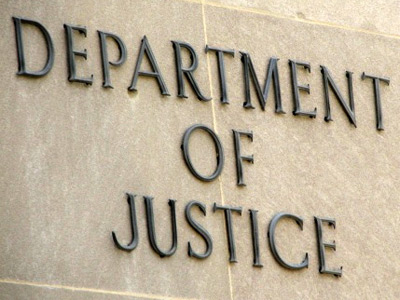by Steve Laube
As you have heard by now the Department of Justice (DOJ) has leveled a lawsuit against Apple and five major publishers accusing them of conspiring to fix prices. There has been a lot written on the topic with varying degrees of understanding and a wide disparity of conclusions.
Authors are asking what this all means to them. And many are confused about the math involved. A great, and lengthy summary has been brilliantly composed at Shelf-Awareness. Read that article if you do not understand the details of the situation. It is important that every writer grasp the implications because it could affect how books are sold moving forward.
Already, three of the five publisher have agreed to settle without admitting guilt (HarperCollins, Hachette, and Simon and Schuster). And that settlement will take at least 60 days to finalize. This leave MacMillan and Penguin who have vowed to fight the suit. Such a fight could last years.
By the way, Random House was not named in the suit because they did not change their pricing policies until much later and thus cannot be accused of colluding.
At is core, the issue revolves around who gets to set the prices of books, the publisher or the retailer? When the retailer controls the sales price a company like Amazon has, in the past, used their clout to cut prices severely, even to the point of losing money on the sale of the books they sell. Since Amazon is so large and diversified in their products a books-only company like Barnes & Noble or Books-a-Million is at a disadvantage. The DOJ doesn’t care if the retailer of the publisher controls the prices, but they did take offense that five publishers and a major vendor agreed to the same terms at the same time. It has the appearance of collusion.
Years ago when I was in the bookstore business we were constantly being challenged by bargain pricing done at the warehouse clubs on selected titles. They would buy a book that retailed for $20 and with their buying power purchase the book for $10 net from the publisher. Then they would retail the book to the public for $10.88. There were stores in our area that had little purchasing clout and the best price they could get for the same book was at $12.00 net. To match the warehouse club price they would lose money on each sale. You see the problem?
However
However, many authors do not understand that this “Agency Model,” the lawsuit, and its implications have had little effect on the rest of the publishing industry. While the Big Six comprise a huge portion of the market, they are not the entire market.
Read my previous blog about “Who Owns Whom in Christian Publishing.” The Agency model of selling books to Amazon and iBooks has not applied to the majority of Christian publishers. See that post starting half way down where there is a long list of publishers not owned by any of the Big Six.
Each publisher has had to negotiate their own agreement with Amazon to sell their ebooks and paper books. Unfortunately we are not privy to what those terms are. And Amazon and the publisher work together to set prices in most cases. If they are unable to come to an agreement Amazon has used their weight to pull titles from their site. IPG (Independent Publisher’s Group) in late February refused to renegotiate terms with Amazon. Overnight thousands of IPG books disappeared from the Amazon site. And to this day they have not yet been reinstated. (Read this article for full information.)
But that is an unrelated incident, other than being instructive as to the clout of Amazon. As for what will happen? Kristine Kathryn Rusch quite ably said in her very informative blog, “No one knows.”
Any Questions?
After you have assimilated the information linked above, do you have any questions? I will try to answer as best I can in the comment section below. Or use the green “Ask Us a Question” button to the right to send a private question.



